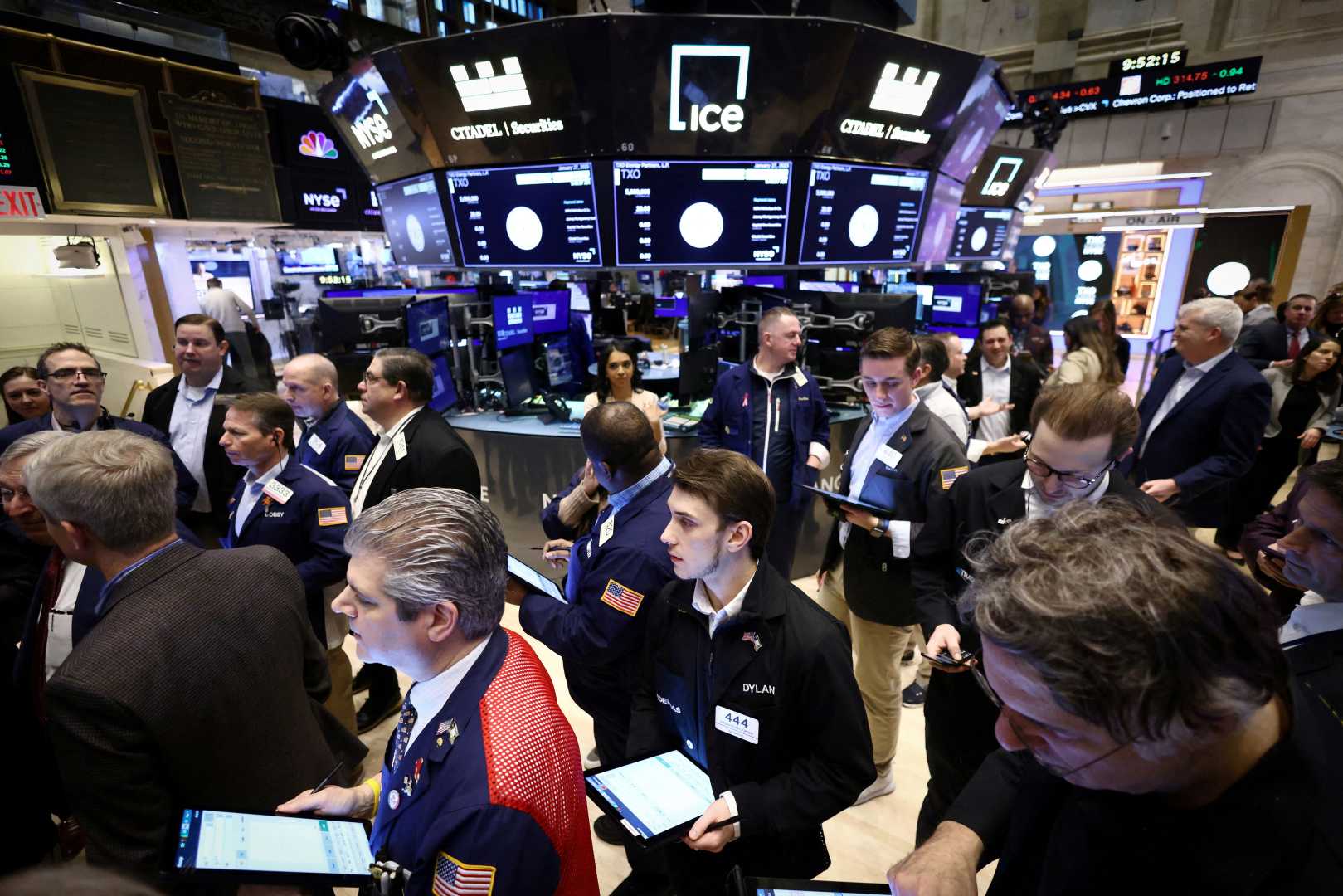Business
Wall Street Faces Turbulence Amid Economic Uncertainty

NEW YORK, April 7, 2025 — Wall Street is experiencing significant volatility with the S&P 500 index dropping more than 16 percent since its high on February 19. This downturn is largely attributed to heightened concerns over President Donald Trump‘s tariffs, which have increased economic uncertainty and shaken investor confidence.
Investors are grappling with the aftermath of the tariffs announced on “Liberation Day,” leading to a drastic sell-off reminiscent of the COVID crash in 2020. These tariffs, stronger than anticipated, raised fears about their long-term economic implications, including potential setbacks in manufacturing jobs within the United States.
“Investors initially viewed the tariffs as a bargaining chip, hoping for negotiation concessions,” said Odysseas Papadimitriou, CEO of WalletHub. “Now, there’s skepticism about whether the moderation of tariffs will materialize, which complicates the outlook for the stock market.”
Prior to this market fluctuation, criticism arose regarding the U.S. stock market’s inflated pricing amid a backdrop of slower corporate profit growth. Notably, a select group of seven major technology firms accounted for over half of the S&P 500’s total return last year, as reported by S&P Dow Jones Indices. This heavy reliance on a few companies raises concerns about market stability.
A historical perspective reveals that market declines of 10 percent or more are not unusual, occurring roughly every year. However, the recent sharp downward trend follows a period of exceptional market calm, with the S&P 500 previously soaring over 20 percent for two consecutive years, a feat not seen in decades.
Experts urge investors to maintain a long-term perspective, encouraging them not to make impulsive decisions after losses. Brian Jacobsen, chief economist at Annex Wealth Management, emphasized that “a diversified strategy can help soften the blows of market volatility.”
Phil Battin, CEO of Ambassador Wealth Management, advises diversifying investments across various sectors to mitigate risk, particularly favoring sectors like consumer staples, utilities, and health care, which are less sensitive to international trade fluctuations.
Younger investors, who have more time to ride out market swings, are encouraged by financial analysts, such as Stephen Kates from Bankrate, to “re-anchor to your long-term goals” and possibly consult a financial advisor to navigate these tumultuous times.
For older investors nearing or in retirement, it’s crucial to balance withdrawals with the necessity of keeping a portion of their portfolio in stocks to ensure financial sustainability over the decades. According to Niladri “Neel” Mukherjee, chief investment officer of TIAA Wealth Management, retirees may need to be cautious about withdrawals during downturns to preserve compounding potential.
As the market continues to react to economic signals, the overarching message from experts is clear — patience and a diversified investment approach are vital to weathering financial storms.












